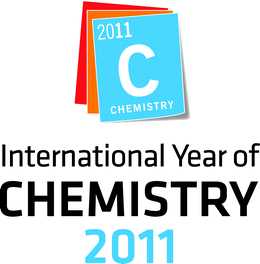The echoes of green chemistry
Walter
Leitner
Institut für Technische und Makromolekulare Chemie, RWTH Aachen University, Worringerweg 1, D-52074, Aachen, Germany. E-mail: leitner@itmc.rwth-aachen.de
Last October, we had the chance to enjoy this experience during the excursion of the 2010 conference “Green Solvents for Synthesis” (http://events.dechema.de/gsfs2010.html). It occurred to me that this conference series – similar to many other symposia and meetings all over the world – echoes the principles of green chemistry in its presentations, discussions, workshops, and poster sessions. The way we look at solvents today has changed from “nasty, but necessary” materials, which call for recycling or disposal, to strategic parts of a reactive system that can be designed to increase the overall sustainability of chemical processes.
The current issue of the journal features 14 articles that are based on contributions from this conference. The review by Philip Jessop entitled “Searching for green solvents” addresses the above mentioned change of mind set particularly nicely. We can use the established physico-chemical concepts and tools to characterize and classify solvents to identify gaps in the existing “greener” portfolio and to define needs for fundamental research to provide solutions for application areas with high impact.
Many contributions at the conference explored the potential of ionic liquids (ILs) and supercritical carbon dioxide (scCO2) as solvents for reactions and separation processes. The paper by David Cole-Hamilton illustrates how the combination of these two media provides approaches to integrate reaction and separation in a single unit operation for new reaction engineering concepts. Several contributions discuss the use of solvents for biomass conversion, where the solvent issue becomes particularly important. In contrast to petrochemical refineries where gas-phase heterogeneous catalysis opens the entry into the value chain, biorefineries will have to deal with biopolymers as feedstock and hence rely critically on liquid phase catalysis. Articles by the teams of Alexis Bell, Pedro Lozano, Katharina Bica, and Julie Zimmerman deal with this challenge. In addition to toxicity and LCA of the material production, we also need to understand basic practical properties such as thermal stability to assess the potential of ILs in such processes, as pointed out by Andreas Jess.
The conference demonstrated that the quest for green solvents requires a large portfolio of different approaches. Environmentally benign organic solvents can have an immediate impact, providing almost “drop-in” solutions to well established chemistry as exemplified by Cedric Fischmeister for metathesis. Other systems such as supercritical water open the way to functional materials that are not accessible by conventional routes as pointed out by Tad Adschiri.
The echoes of green chemistry are of course very much louder than just green solvents! 2010 is the “Year of Chemistry”, and this themed issue features in the corresponding RSC publication series. It is difficult to imagine that society, policy and decision makers would have reacted favourably on the idea to celebrate a dedicated year of Chemistry fifteen or twenty years ago. Today, the science and technology of molecular transformations is recognized again as a vital basis for sustainable energy and material value chains. The principles of green chemistry based on the conceptual change from minimizing risk and exposure to preventing them by design has played a major role for this renewed perception of chemistry as an important solution rather than the main problem in a sustainable future.
| This journal is © The Royal Society of Chemistry 2011 |

